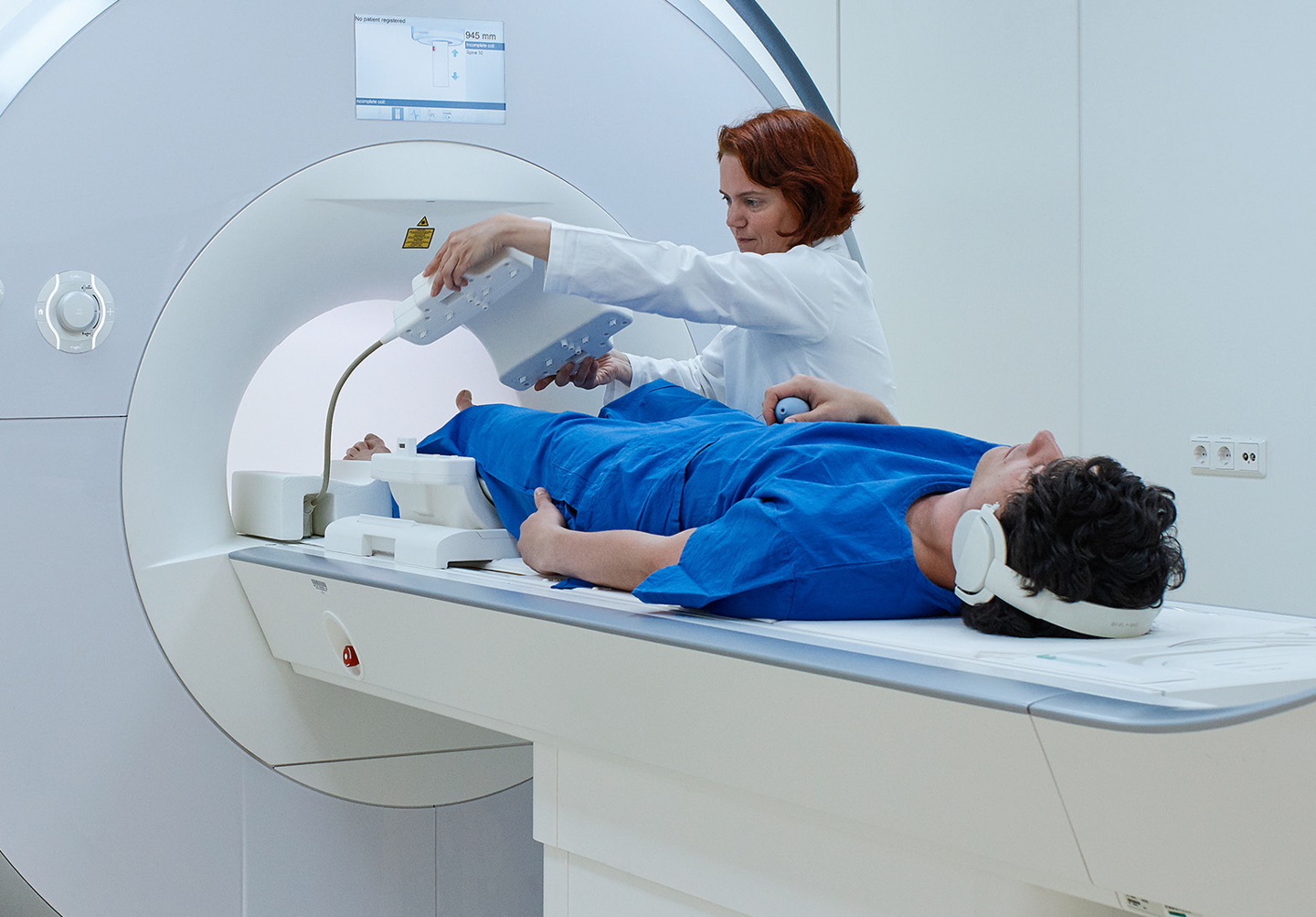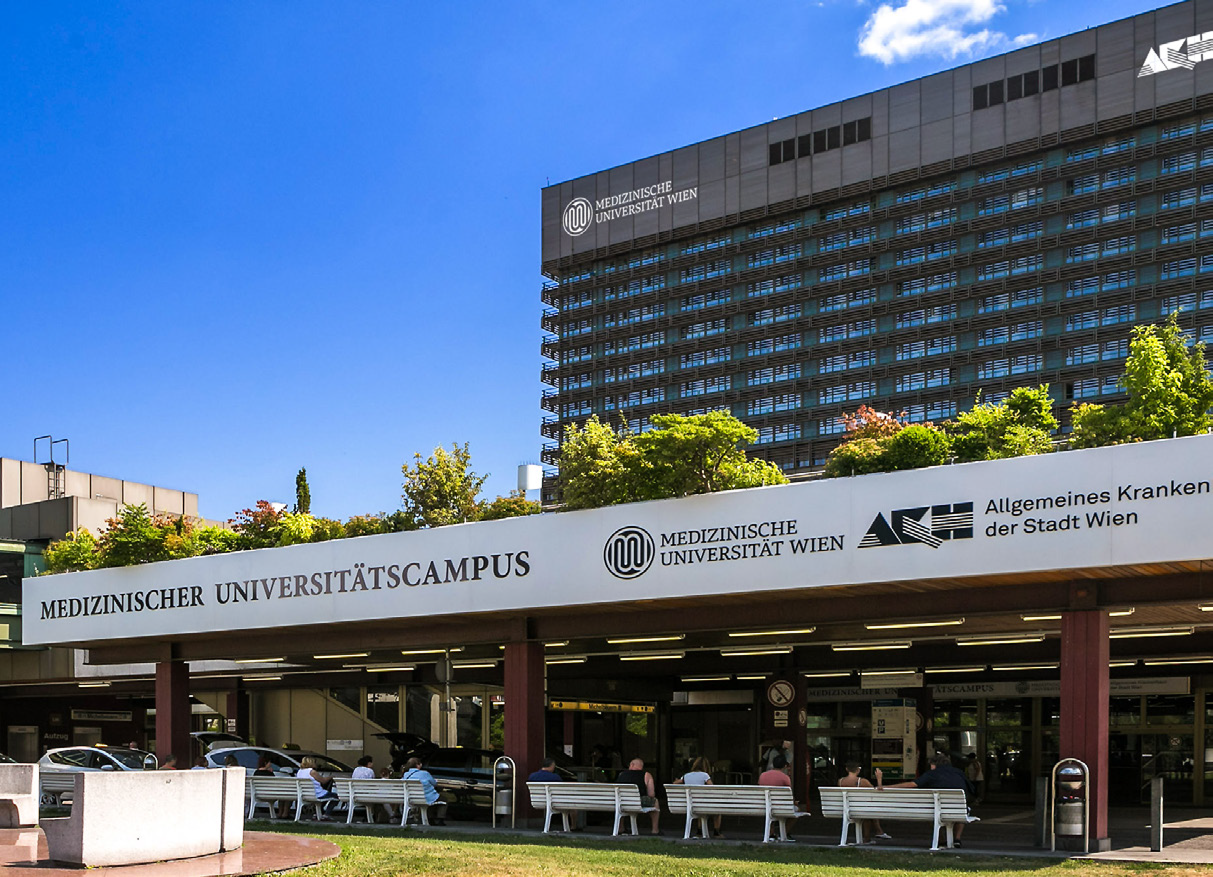In the initial phase, we had very close collaboration with RaySearch software engineers who adapted the script according to our requirements.”

Case study: Medical University of Vienna / University Hospital Vienna
INNOVATIVE DATA MIGRATION SOLUTIONS WITH PROFESSIONAL SERVICES FOR RAYSTATION
RAYSEARCH’S DATA MIGRATION SERVICES
Data migration services were included in the tender when Medical University of Vienna / University Hospital Vienna purchased RayStation*, and there was a need to migrate all data from their earlier TP S Oncentra® Masterplan 4.3 to their new TPS RayStation. The hospital frequently has patients who are re-irradiated, requiring volumetric and dose data to be present in RayStation.
There were approximately 30,000 data sets in the Oncentra database, and approximately 18,000 patients. Some of the patients had multiple data sets.
“In total we have migrated 18,415 patients. Approximately, 1,300 datasets were only partially imported for already known reasons. We’ve copied the raw data of these patients to a network drive in case they’re needed in the future. We are currently working exclusively with the archive for more than a month now,” states Wolfgang Lechner, research associate, Department of Radiation Oncology, Medical University of Vienna.
THE MIGRATION PROCESS - EFFICIENCY, ACCURACY, AND EASE
“In the initial phase, we had very close collaboration with RaySearch software engineers who adapted the script according to our requirements,” Dr. Lechner reports. The clinic realized early on that a small amount of patient data was not migrating correctly, which was possible to fix with a few iterations.
Some fine tuning was necessary to enable the data migration process, though once the scripts were ready, it was only a matter of putting the data into RayStation and waiting for it to be copied to the RayStation database. The entire migration process took 6-9 months, working intermittently, including quality assurance processes. Much of the time used can be attributed to waiting for the scripts to be completed. “Checking the consistency of the data took additional time – this should not be underestimated. Ballpark figure would be about three months if the work had been done uninterrupted. We were not in an immediate hurry, so that worked to our advantage.” Dr. Lechner explains. “Our Oncentra server was still up and running for 6-12 months after we started with RayStation. If needed, we still had access to all the data via Oncentra, so it wasn’t necessary to push the migration.”
DATA MIGRATION FOR IMPROVED CLINICAL PROCESSES
The clinic now has access to old data from patients that were irradiated ten to twenty years ago. If a patient requires re-irradiation, the necessary data is now readily available. All patient data was successfully transferred in the first pass in 90% of the cases. The clinic kept the old DICOM data files, so in the rare cases where data could not initially be retrieved, it was still possible to plan and reassess the dose. Even if the dose was missing, the plan was still accessible to the clinic, allowing insight to how the fields were arranged. This enabled clinicians to assess or recalculate the dose. Since becoming operational, there have not been any cases where the data has been completely lost.
The hospital had 2 terabyte (TB) on the local workstation and 2 TB on disk space. 2 runs were required, with 2-4 TB needed. Storage needs are very site specific, depending on how many studies are associated with a particular patient. As a rule, one should analyze the size of the pure DICOM source data and multiply by a certain factor to determine how much information the clinic needs to add. In this specific case, a factor of approximately 1.1 was applied to the source data.
ADVANCING CANCER TREATMENT
RaySearch is a committed pioneer of oncology software. Since 2000, we have worked in close cooperation with leading centers to improve life and outcomes for patients. We develop all our products from the ground up and continuously revise every aspect, from algorithms to user interface designs. Medical science never stands still, and neither does RaySearch — our relentless drive to do things better leads us to ever-higher performance, accuracy, safety and usability. And this is just the beginning.
We believe software is the driving force for innovation in oncology. Our systems use groundbreaking automation and machine learning to create new possibilities. RayCare*, the next-generation oncology information system, will enable one workflow for all the oncology disciplines, ensuring fluid coordination of tasks and optimal use of resources. RayStation harmonizes treatment planning, providing one point of control for all planning needs — any equipment, any scale.
*Subject to regulatory clearance in some markets.

For more information or to see a demo, contact sales@raysearchlabs.com
